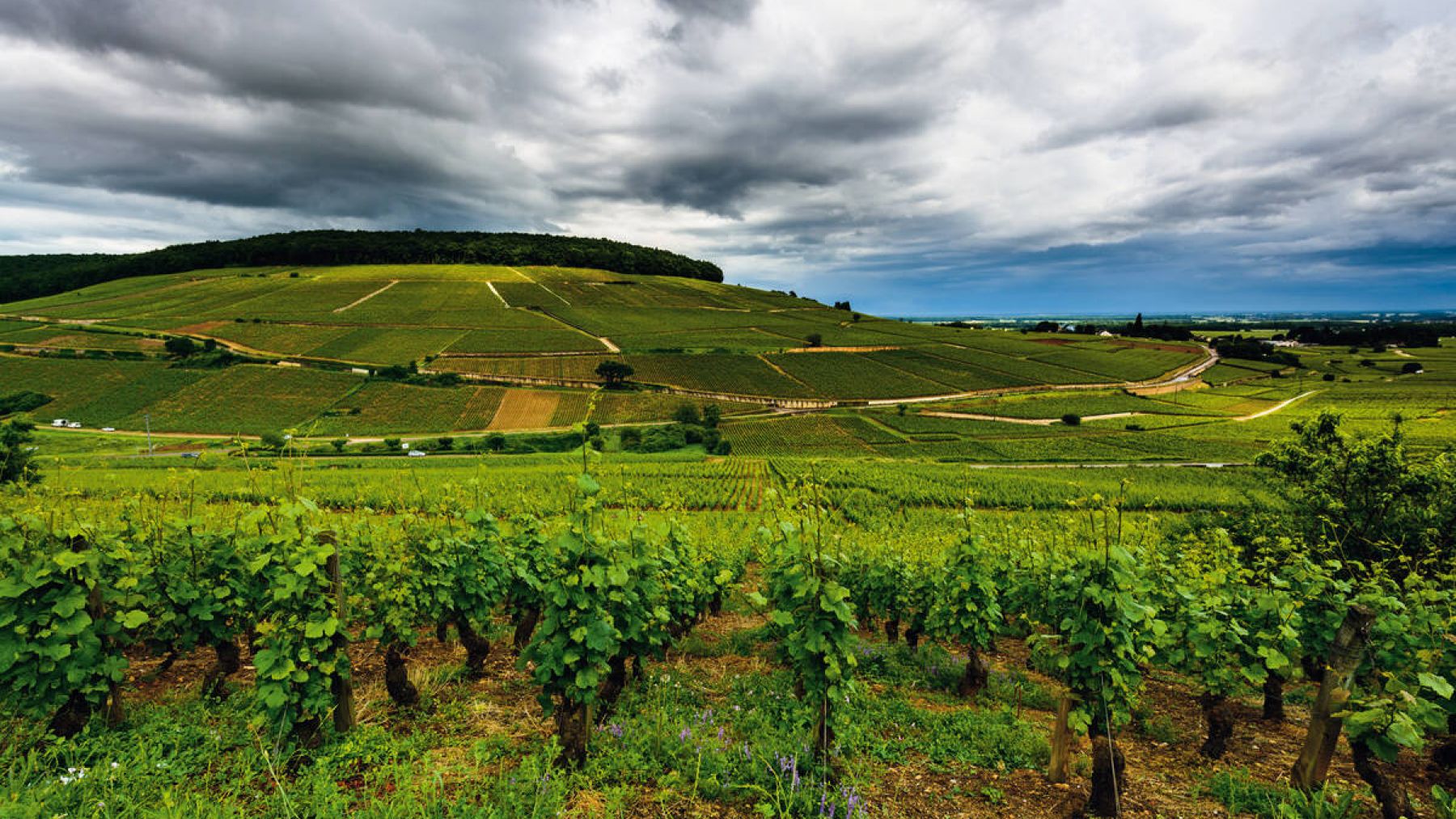
The different terroirs of Burgundy
The vineyards of Burgundy are spread over a rich and fragmented territory with diverse geology. As a result, its wines are very diverse and include around a hundred appellations.
The Grand Crus of Burgundy have excellent exposures and the most favourable microclimates.
In total, there are 6 terroirs in Burgundy. Let us reveal their secrets.
Côte de Beaune
The Côte de Beaune is made up of vineyards stretching from Ladoix-Serrigny to the commune of Cheilly-lès-Maranges. This Burgundy wine region is dominated by the Hautes-Côtes de Beaune, within the Côte-d'Or department. This is the ancestral home of Burgundy wine traditions and techniques. It also produces unique white wines that are sought after around the world.
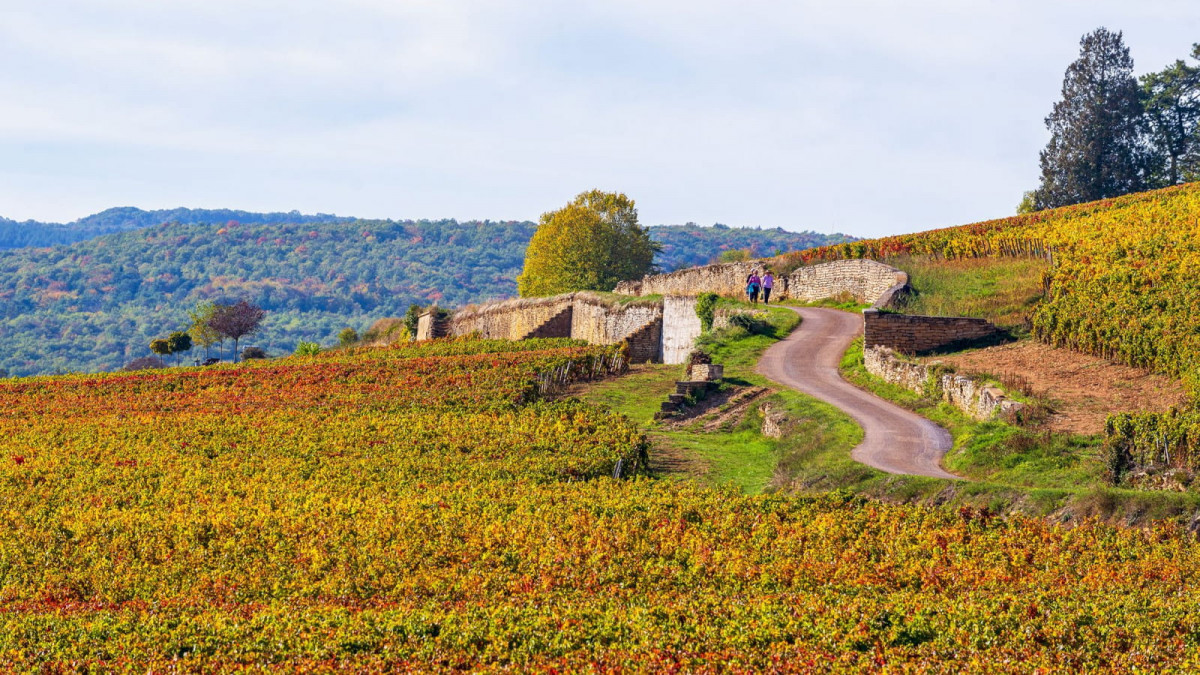
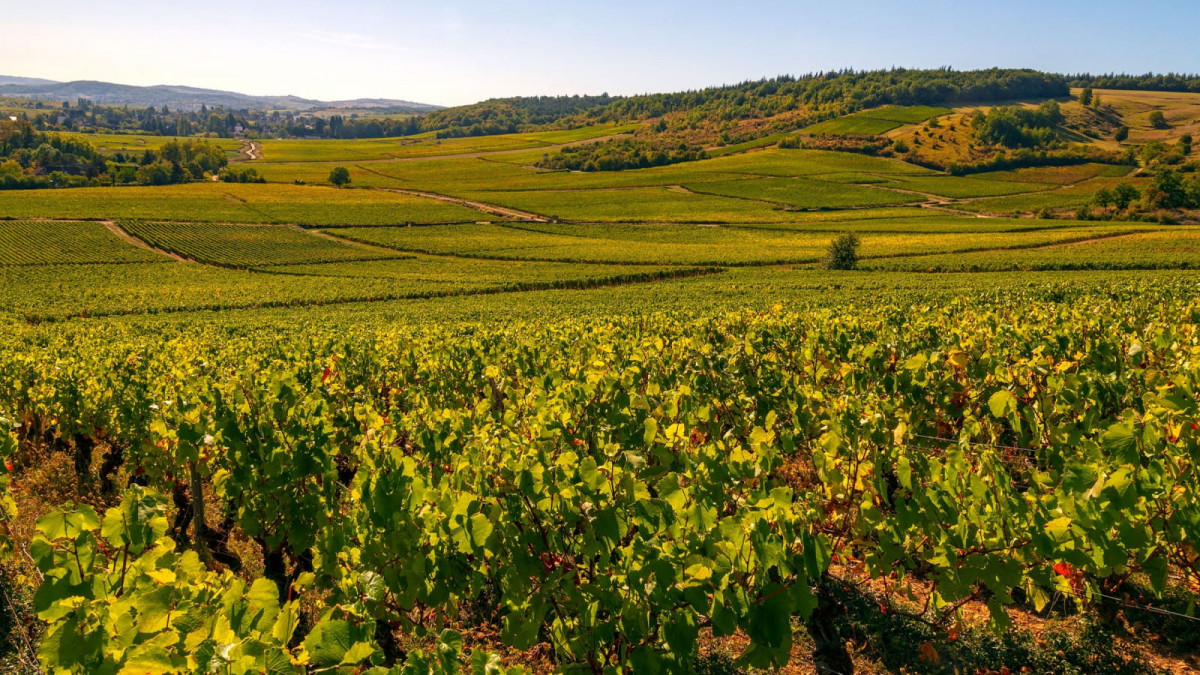
Côte Chalonnaise
As early as the 6th century, Grégoire de Tours extolled the virtues of the unique wines of the Côte Chalonnaise. There are many treasures to be found among the hills and vineyards. These include the feudal castle of Rully, a former medieval fortress dating from the 12th century, which overlooks the vineyard of the same name. You can even take a leisurely stroll in the beautiful park that adjoins it. The medieval village of Givry also has several churches worth visiting.
Mâconnais
The vineyards of Mâconnais are often mentioned among the typical grape varieties of Burgundy. Its roots go back to the year 909, when Guillaume I, Count of Mâcon, founded the Abbey of Cluny. The vineyard is located in the southern part of the department and extends over 35 km, from Sennecey-le-Grand to Saint-Vérand. It represents a quarter of the vineyard area in Burgundy. Thanks to its two valleys, the Grosne and the Saône, the Mâconnais benefits from plenty of sunshine and low annual rainfall.
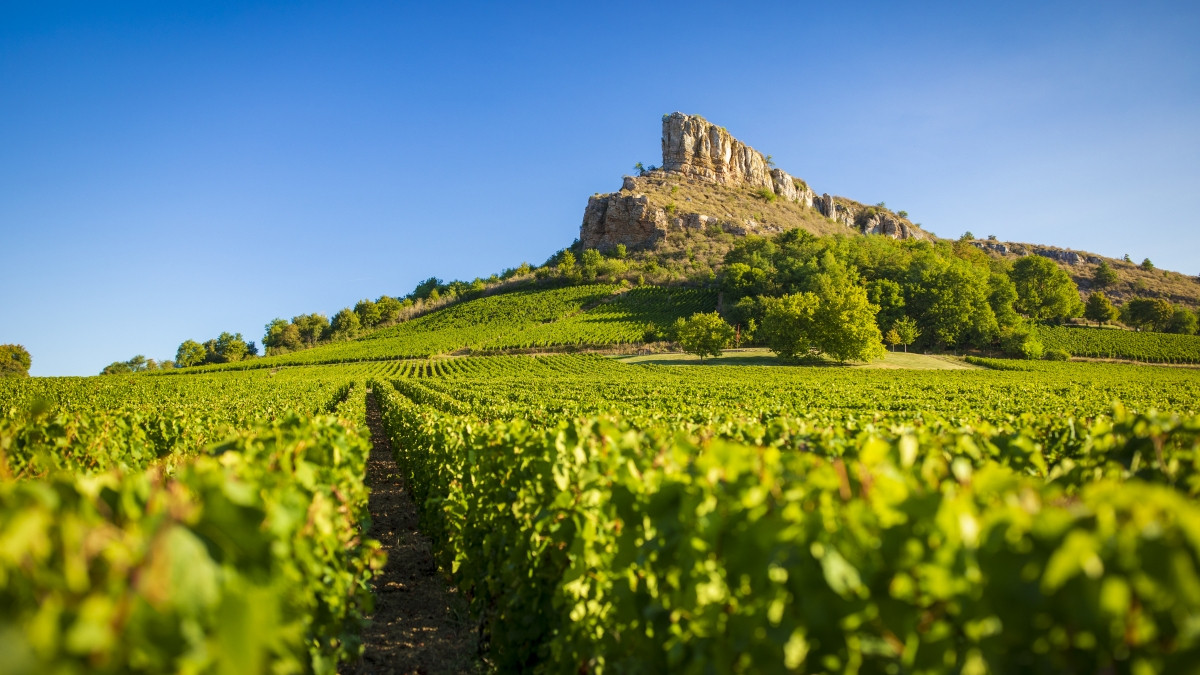
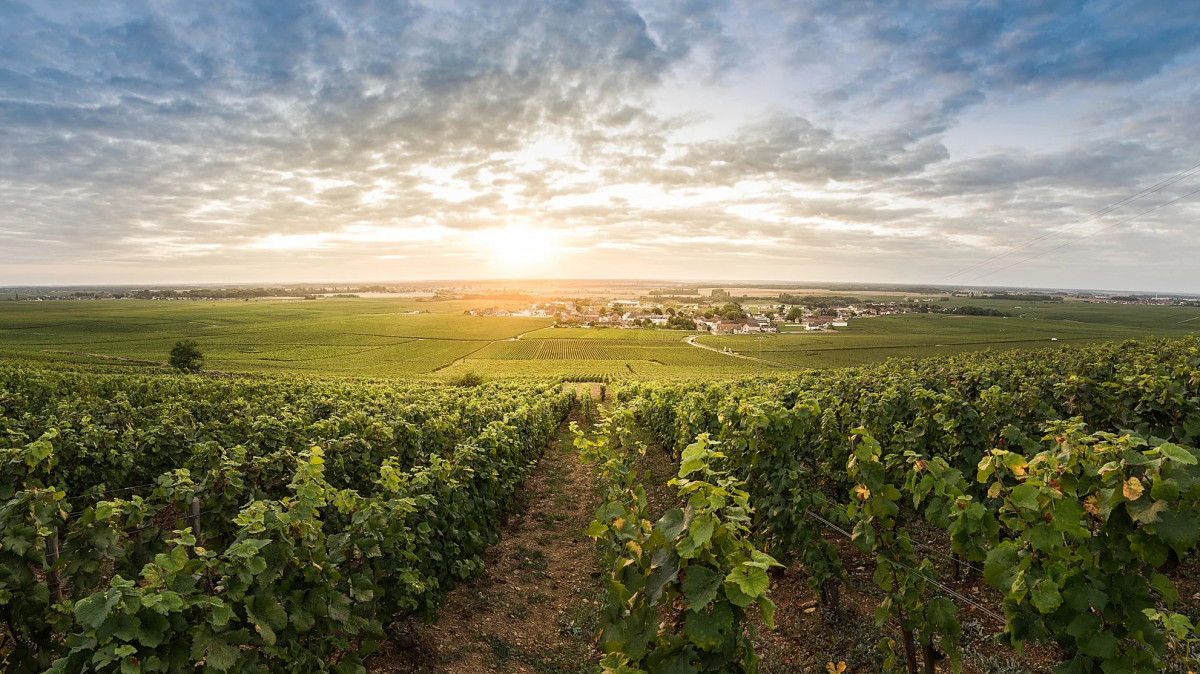
La Côte de Nuits
The Côte de Nuits is best known for its prestigious red wines. The diversity of the terroirs gives each wine its unique character. No wonder it has been called the "Champs-Élysées of Burgundy" since the 1950s. The specific pedoclimatic conditions, found nowhere else, give the Pinot Noir grape its distinctive flavours.
Le Châtillonnais
Châtillonnais has been awarded the "Vignobles et Découvertes" label. The winegrowers have to respect requirements such as authenticity, welcoming tourists with kindness and the need to preserve fauna and flora. This is a terroir specialised in Burgundy Crémant, which accounts for 85% of local production. The AOC crémant is a sparkling wine with delicate fruity aromas, ideal as an aperitif or dessert.
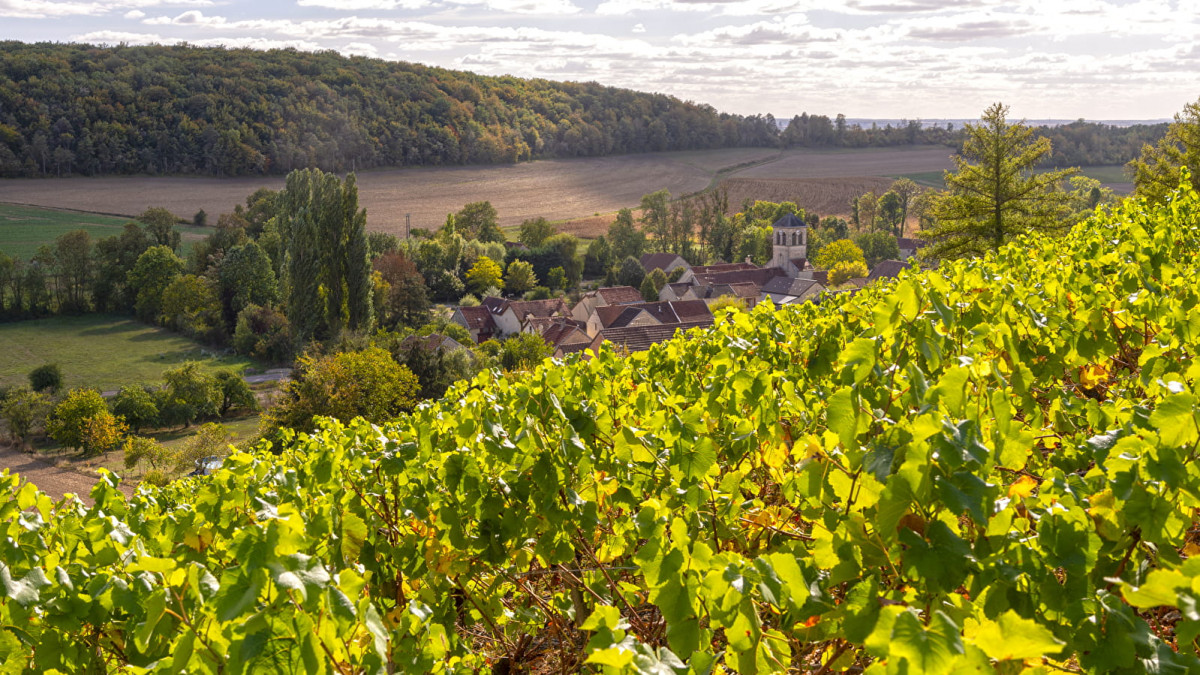
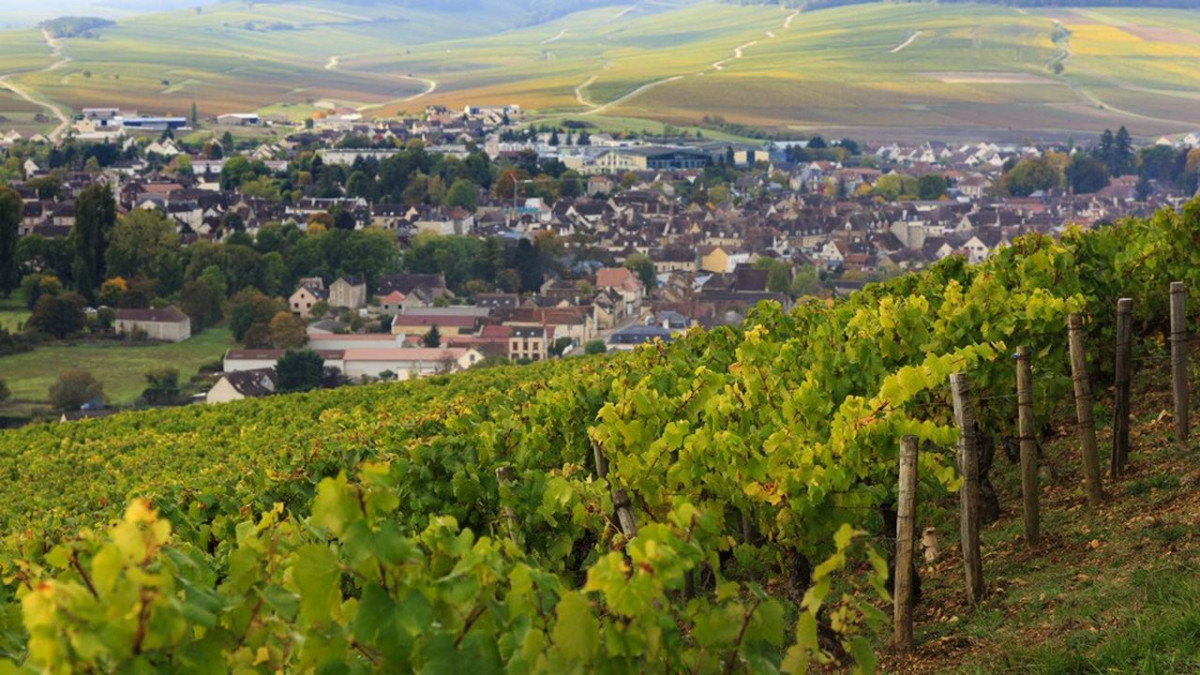
Chablis
Chablis
Joigny, Saint-Bris, Vézelay, Irancy and Épineuil: vineyards with a semi-continental climate. Chablis is also the land of Chardonnay, a white grape variety known by the locals as "beaunois". The wine is characterised by mineral notes (flint, pebble and gunflint aromas). Among the 7 climates of the Grand Crus of Chablis, Blanchot, Les Clos, Valmur and Les Preuses stand out.
If you're wondering which is Burgundy's greatest Grand Cru, read our dedicated article.

